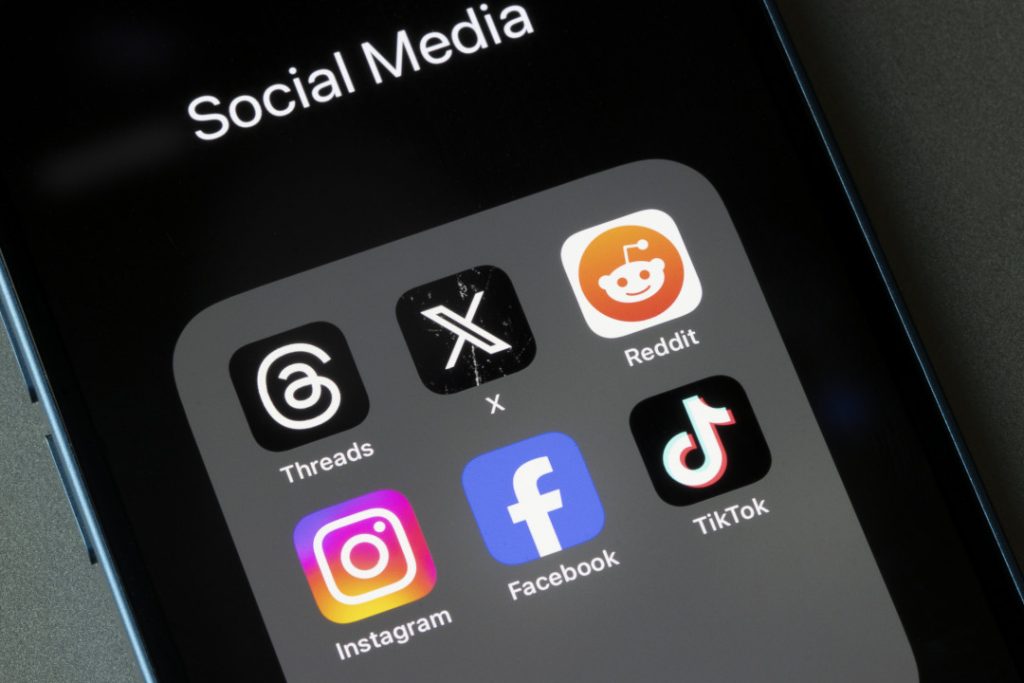Setting media budgets — deciding how much to spend on both traditional and digital advertising — is one of the most tedious aspects of any B2B marketer’s job. The pressure’s on to generate revenue for your B2B company, so you better set your budget in a way that makes an impact without breaking the bank.
Even more, if your B2B brand has 100+ locations, you’re up against the challenge of setting your media budget and allocating it effectively across diverse markets. Can you really be expected to strategize for your rural location in the same spreadsheet (and headspace) as your inner-city location?
To help you tame this media budget beast, we’ve compiled key considerations B2B marketers sometimes miss as they’re planning their annual advertising efforts.
Set One Budget To Fuel Your Dealership Locations Flexibly
A lot of B2B marketers make the mistake of allocating a media budget to each location or market. As in, your Dallas market gets X dollars, your Amarillo market gets X dollars, and your Waco market gets X dollars, period.
Your media budget should be one big bucket of money that you take from as needed and disperse to your separate markets.
Why should you plan your B2B media budget this way? Because it gives you the freedom to respond as each unique market dictates. We’re always shifting spend from that big bucket to our clients’ individual markets depending on our research and intel — and this drives more results.
Need an example? Let’s say you decided at the outset that you’d spend the same amount of money in Dallas and Amarillo, so you start running digital ad campaigns in both markets. What if you realize once you get deep into it that your go-to digital methods aren’t working in Amarillo’s smaller market? Or that digital ads are working well in Dallas, but you need more to extend your reach in such a crowded, competitive market?
It would be a lot easier if you could pivot quickly, taking money from your one big bucket for Dallas, rather than overhaul your budget for both markets. Hence the benefits of the one big bucket approach — agility and flexibility over strict budget silos.
It’s also more straightforward to tailor your advertising activities to each specific market when you’re not beholden to one determined dollar amount — a dollar amount that, let’s be real, isn’t based on each markets’ quirks anyway. With one budget to tap as needed, you have that leeway to switch gears and put up a billboard in Amarillo if digital media proves less effective there.
Use ROI Data To Optimize Your B2B Media Budget for Every Market
The ability to measure (or at least approximate) the ROI of your campaigns is critical. This is especially true when you have to allocate budget across multiple dealership locations.
Without ROI measurement tools in place, you’ll never know if you’re wasting money in certain markets. Maybe Dallas isn’t worth the spend it takes to break through such a saturated market. But you’ll never know if you’re not measuring.
At the end of the day, you can’t plan your media budget strategically if you have no metrics to work from. How will you decide what to spend on Facebook ads vs. Instagram ads if you have no idea which is attracting more customers?
We’ll give you this: It’s not always easy to track ROI, especially for traditional media spend. And especially when ROI varies across locations. But it’s worth your efforts to at least estimate.
Try using tag codes and analytics tracking codes to see which ads converted more customers. These methods are in addition to the obvious in-platform analytics available on social media and other digital advertising outlets. It’s not perfect, but it’s a fairly complete picture. And remember, even piecemeal ROI data can inform your media budget better than nothing.
When we have a hand in creating media budgets for our clients, we dive deep into as much ROI data as we can get. We’ll use that data to customize your future B2B media budget based on what is and isn’t bringing customers to your dealerships.
Align Ad Spend with Your B2B Brand’s Goals for Maximum Impact
Too many B2B marketers make media budget decisions without considering overarching business goals.
But your media budget informs your larger marketing plan, which should directly impact company-wide objectives. After all, if you’re not contributing to these larger goals — moving the revenue generation needle — what’s the point of your marketing efforts?
The most effective media budgets reflect business goals by shifting to accommodate them.
Take this example: You’re opening a new dealership location in the Indianapolis DMA. Because your brand is totally new to this market, your C-Suite wants to focus on familiarizing locals with your image, increasing brand awareness. Given your CEO’s goal, a billboard makes more sense than a Google Ads campaign targeting your dealership’s name. Why? Because no one in Indianapolis even knows your brand’s name to search for it on Google in the first place. But a big billboard staring them down on their drive home? Now that’s brand awareness.
If you didn’t have any information on your CEO’s aims, you wouldn’t have known to adjust your media budget to consider billboard funding over your more typical digital spend.
Build Your Budget with Each Market’s Customers In Mind
Understanding your customers, your target audience, is hard enough. Add to that the need to understand diverse customers in distinct markets and you’re really swimming upstream. But grasping what really makes your customers tick, what gets them through your doors, is essential to successful media planning.
As you’re building your media budget, don’t forget these location-specific nuances. Your San Antonio market may be mostly Spanish-speaking, for instance. You might dip into your main budget bucket a few extra times to translate your digital ads there.
If you ignore these target audience distinctions, your ads won’t be as personalized to your bases in your separate markets. As a result, your media budget won’t reflect optimized, tailored advertising spend.
Reach Your B2B Customers with the Right Impressions
You have to reach a minimum level of impressions on your customers across your advertising campaigns. Put another way, your customers need to see your ads a certain number of times to make those ads worthwhile, to drive sales.

From a media budget perspective, this all means that you must have enough total budget to get to that minimum level of impressions in each of your markets.
At heart, it’s a Goldie Locks and the Three Bears situation — you need your media budget number to be just right. You don’t want to spend too much more than this minimum amount required for your perfect impressions level because, at that point, it’s just diminishing returns. You’re wasting money. At the same time, you have to spend enough to affect your overall sales.
Garnering business-driving impressions comes down to analyzing your markets to calculate the least amount you could spend to begin seeing an impact.
This is how you get to just the right dollar amount for your B2B brand’s media budget. If you’re having trouble honing in on the best-fit media strategy, we’re here to help.





